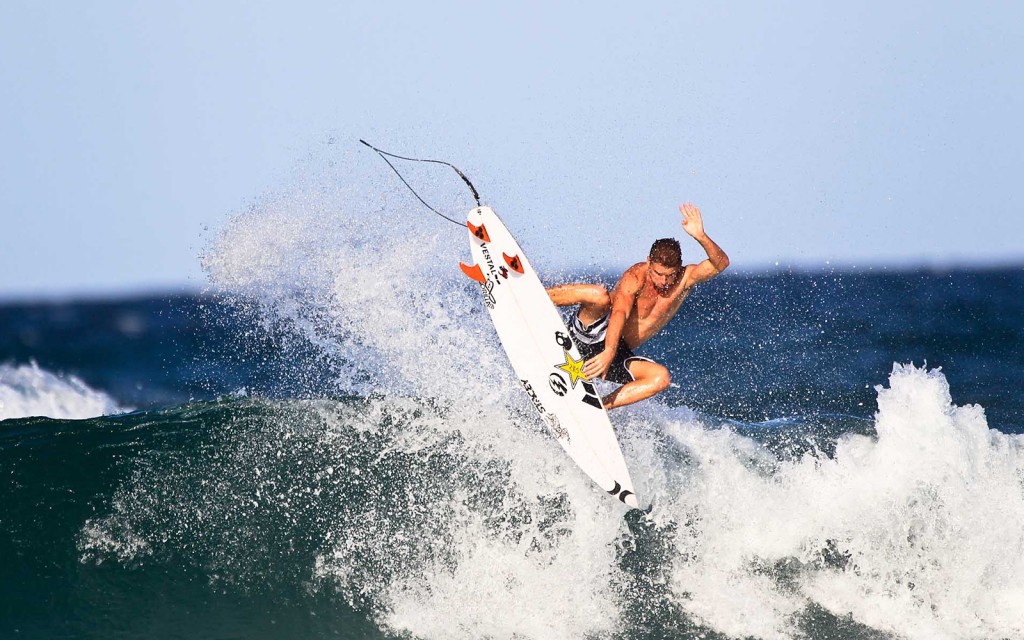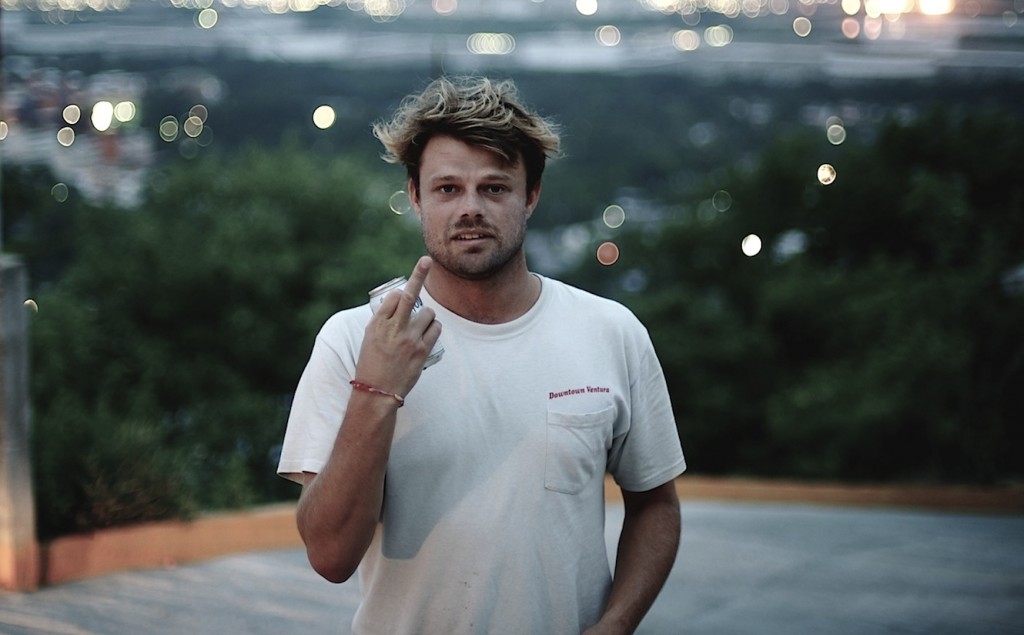Iconic surf brand reported to be filing for bankruptcy as early as tomorrow, says Bloomberg Biz.
Nothing lasts forever. Not the Roman Empire, not the German Third Reich, not the ASP and, now, not the most iconic of all surf brands, Quiksilver.
Quiksilver. Yeah.
As reported by Blooomberg Business this morning,
“Quiksilver Inc. is preparing to file for bankruptcy as soon as Tuesday evening in a deal that would hand control of the beleaguered surfwear chain to investment firm Oaktree Capital Management, according to people with knowledge of the deliberations.
“As part of a prearranged Chapter 11 restructuring, Oaktree would provide $175 million in debtor-in-possession financing and assume control of the reorganized company, said a person familiar with Quiksilver’s thinking, who asked not to be identified because the proceedings aren’t yet public. Any plan would require court approval.
“Representatives for Huntington Beach, California-based Quiksilver and Oaktree didn’t immediately respond to requests for comment.
“The company had been trying to attract bidders for a management-led buyout, ideally outside of a bankruptcy, people familiar with the situation said last week. But that approach would have made it harder to abandon the company’s costly leases, something Chapter 11 will allow Quiksilver to do.
“Oaktree, based in Los Angeles, already has a connection to the surfwear industry. The firm, together with Centerbridge Partners, is the largest backer of Billabong International Ltd., the Australian brand. Oaktree has a total of more than $100 billion under management.
“Quiksilver shares tumbled as much as 78 percent to 10 cents in late trading Tuesday after Bloomberg News reported on the bankruptcy plan. The stock had already lost 79 percent of its value this year, closing at 46 cents earlier in the day. The company received a warning from the New York Stock Exchange in July that its low stock price put it at risk for being delisted.
“Quiksilver rode the fashion trend toward surfer and skateboarding styles in the 1990s and early 2000s, along with names like Billabong and Pacific Sunwear of California Inc. The company, which teamed up with athletes such as surfer Kelly Slater and skater Tony Hawk, sponsored surfing competitions around the world.
But a shift away from surfer fashion — along with broader pressures on the apparel industry — took their toll. After a period of heady expansion, Quiksilver struggled to compete with fast-fashion retailers like H&M. Those brands lured away Quiksilver’s teen customers with lower prices and on-trend clothes, and the company lost its cachet with athletes.
“The chain suffered a 13 percent decline in sales last year, with its net loss widening to $309.4 million.
“Quiksilver has been working with FTI Consulting Inc. on a restructuring, and is using Peter J. Solomon Co. as its investment banker. The company plans to continue with a store-closing effort after filing for bankruptcy, according to one of the people. Quiksilver’s European and Asia-Pacific operations won’t be part of the filing, the person said.”








